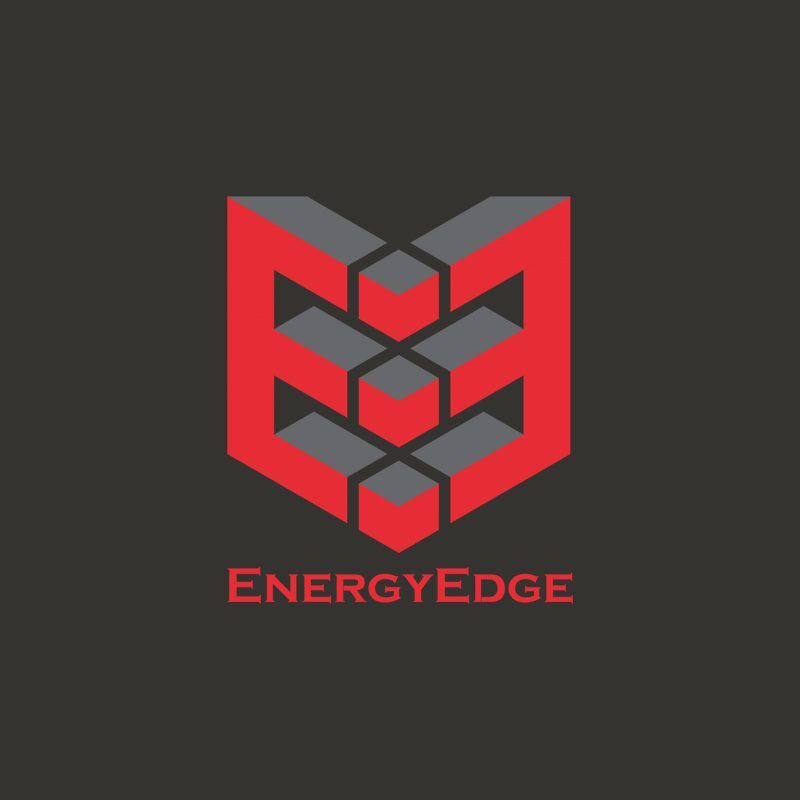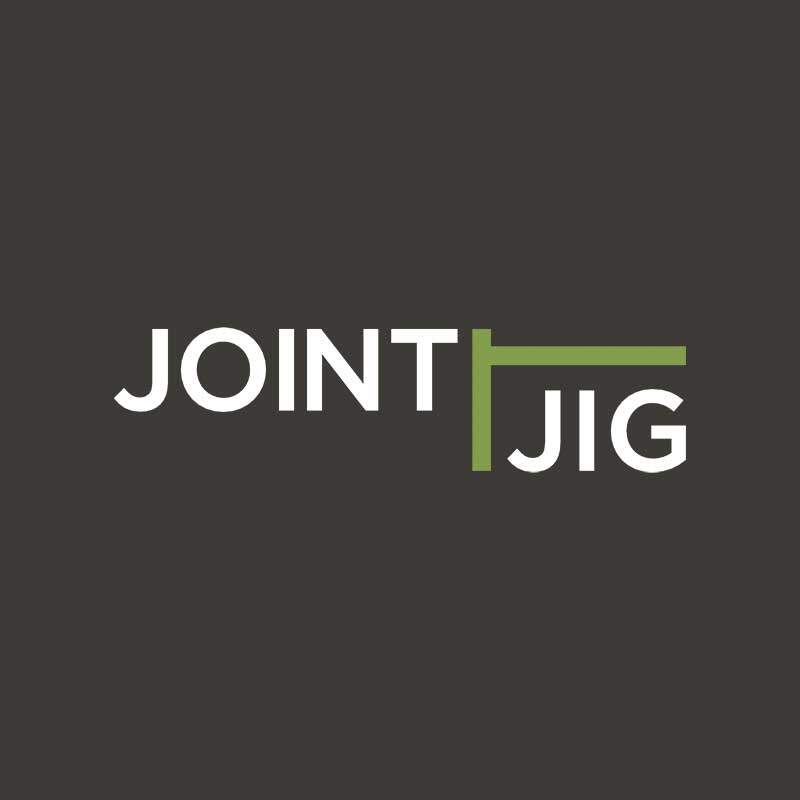Open-Joint Rainscreen Cladding Systems | Design, Build Applications
Open joint rainscreen systems are a modern, high-performance cladding solution increasingly used in commercial and residential construction. Unlike traditional cladding systems that form a continuous outer shell, open joint rainscreens leave intentional gaps—or “open joints”—between panels. These gaps allow air to flow behind the cladding, promoting moisture evaporation and pressure equalization.
The core concept behind an open joint rainscreen is the rainscreen principle: managing water and moisture by allowing it to drain or evaporate before it causes damage to the structure.
The Layers of an Open Joint Rainscreen
Open-joint rainscreen systems require extreme water and wind protection, combining continuous insulation with water-resistive/air barriers. Many open-joint cladding solutions combine the insulation layer with a secondary weather-resistive barrier (WRB).
- Cladding Panels – Provide the first line of defense.
- Open Joints – Small, intentional gaps between panels for ventilation and pressure equalization.
- Air Cavity – A ventilated space that allows moisture to escape.
- Water-Resistive Barrier (WRB) – Protects the structural sheathing from any moisture that bypasses the cladding.
- Support Structure – A system of furring or sub-framing that holds the panels in place.
Benefits of Open Joint Rainscreens
1. Moisture Management
Moisture is the enemy of longevity in construction. The water-resistive barrier (WRB) is a critical component in open joint rainscreen systems, serving as the secondary line of defense against moisture intrusion. Positioned behind the cladding and often in front of the continuous insulation, the WRB protects the structural sheathing from any water that penetrates through the open joints. In open joint rainscreen assemblies, where gaps between panels expose the WRB to sunlight and airflow, the WRB must be UV-resistant and durable enough to withstand long-term exposure. Proper installation, including sealing seams and penetrations, is essential to ensure the WRB effectively manages bulk water and vapor while maintaining breathability, allowing moisture to escape from within the wall assembly.
2. Energy Efficiency
The ventilated cavity helps reduce thermal bridging and can contribute to a more stable indoor temperature. Continuous insulation (CI) in rainscreen systems plays a crucial role in enhancing the thermal performance and energy efficiency of a building envelope. Unlike traditional insulation methods that may leave gaps at studs or framing members, continuous insulation is installed across all structural members without thermal breaks, forming an uninterrupted thermal barrier.
Continuous insulation is typically placed behind the cladding and outside the WRB, providing consistent insulation coverage while allowing the exterior wall to remain breathable and moisture-resistant. This approach reduces thermal bridging, helps maintain indoor comfort, and contributes to meeting stringent energy codes and green building standards.
3. Aesthetic Appeal
Open joint rainscreens offer a sleek, modern aesthetic that has become increasingly popular in contemporary architecture. Open joints create clean lines and a striking sense of depth and shadow, allowing for precise panel alignment and visible, uniform gaps between cladding elements. The visual rhythm of the open joints adds architectural interest without overwhelming the overall design, making them ideal for both minimalist and high-design projects.
Additionally, the wide variety of materials provides architects and designers with a rich palette of textures, colors, and finishes to achieve unique visual expressions. This flexibility, combined with the crisp, engineered look of the open joints, gives buildings a refined and intentional appearance that sets them apart. Materials like composite stone panels offer finishes with minimal visual interruption.
4. Durability
Because moisture is managed more effectively, the building envelope is less likely to suffer from mold, rot, or corrosion.
5. Sustainability
Systems are often designed to work with eco-friendly materials and can be part of a strategy for LEED certification or other green building standards.
Final Thoughts
Open joint rainscreen systems represent a fusion of performance and design. They protect the building envelope as well as elevate architectural aesthetics. Success depends on quality materials, careful detailing, and proper installation. For builders and designers aiming for long-term durability and visual impact, open joint rainscreens are a compelling choice.










